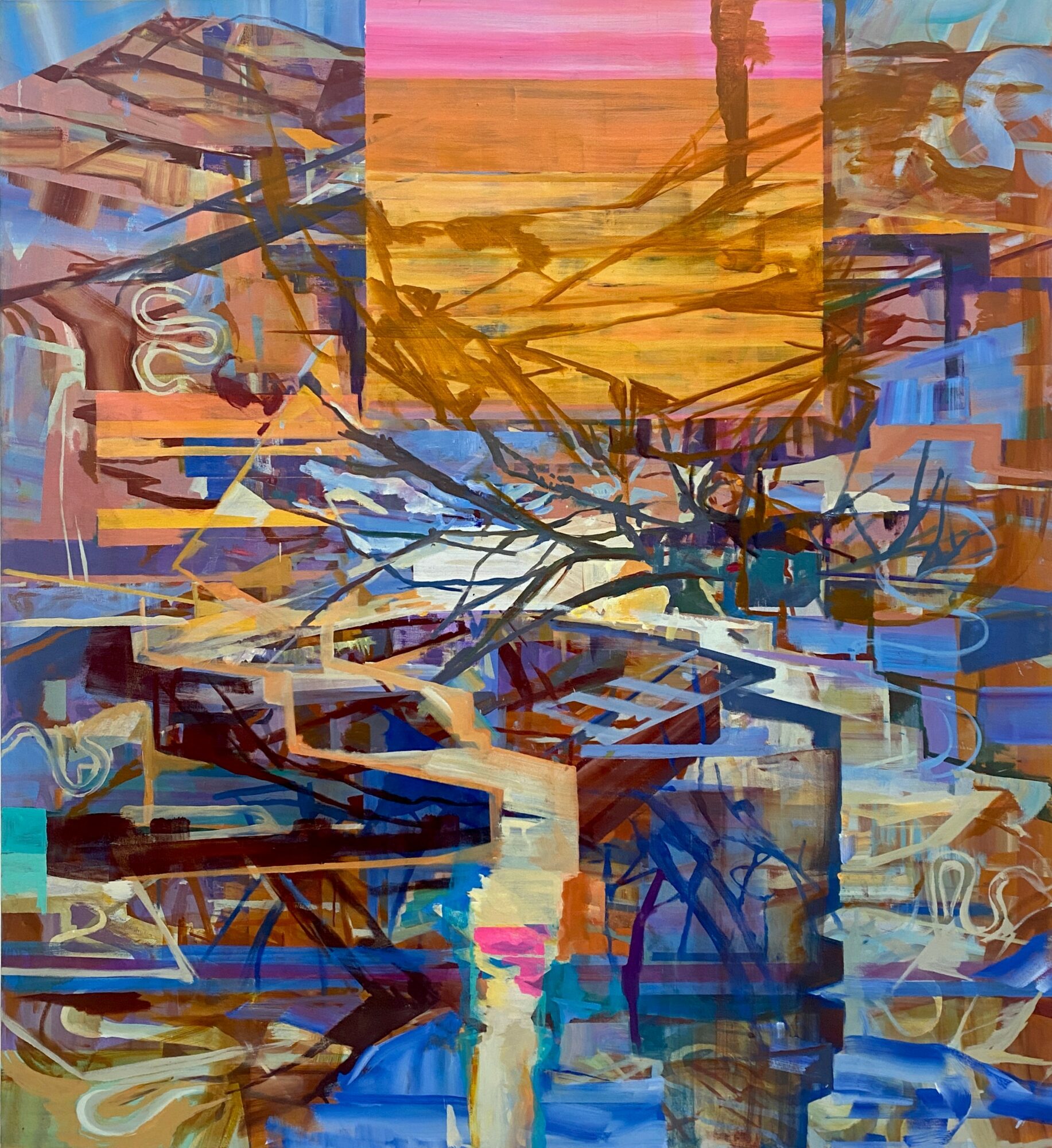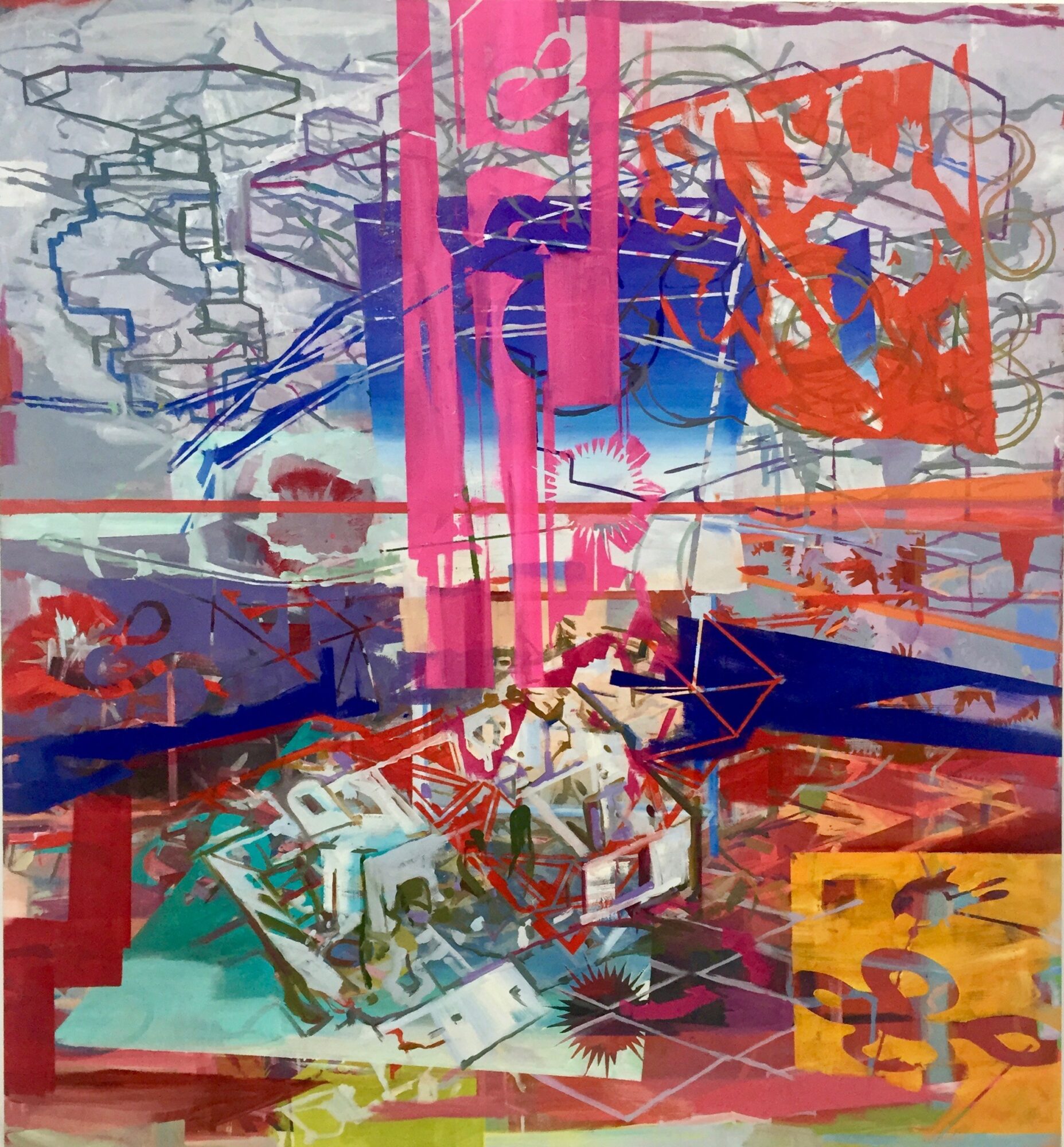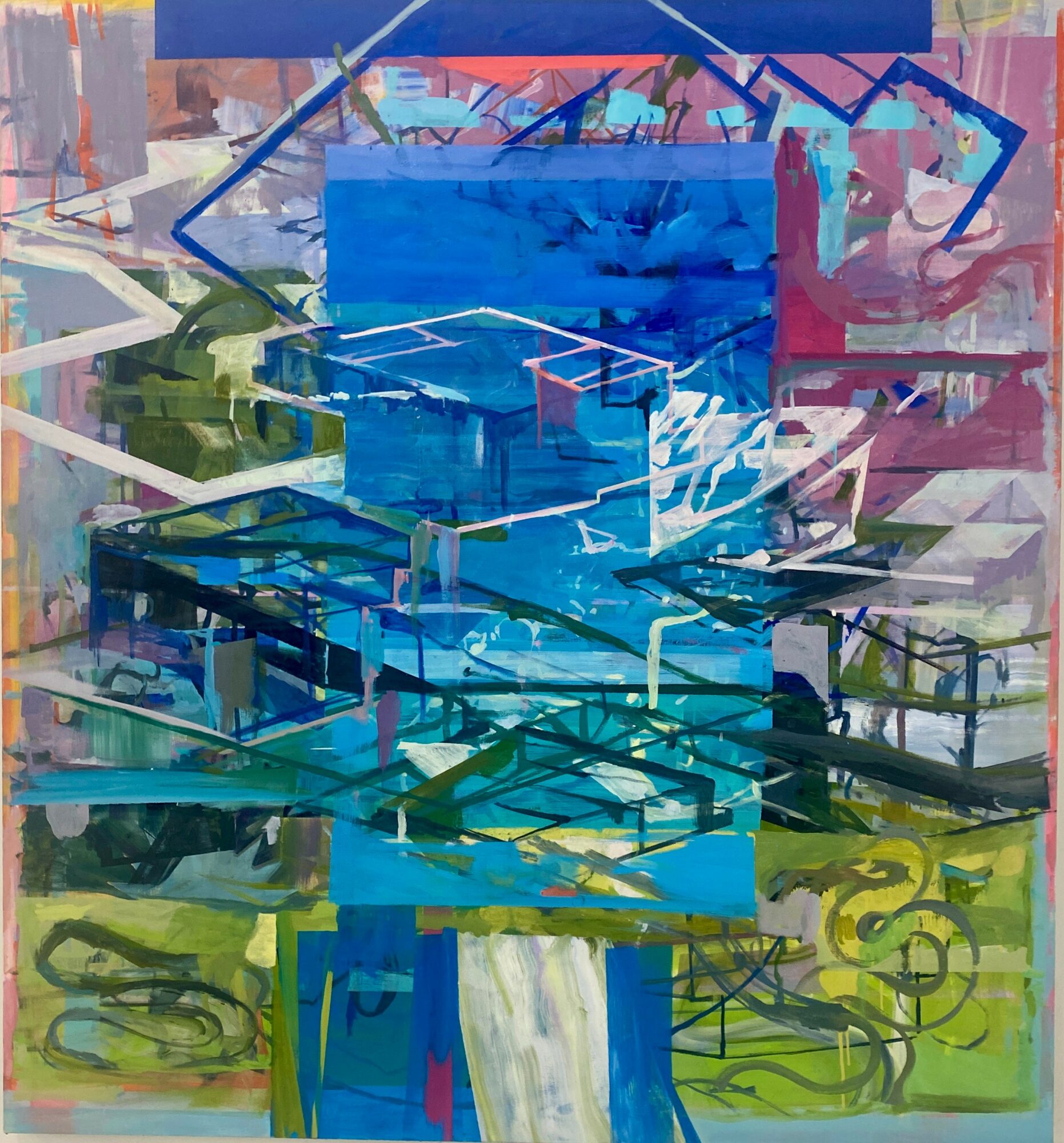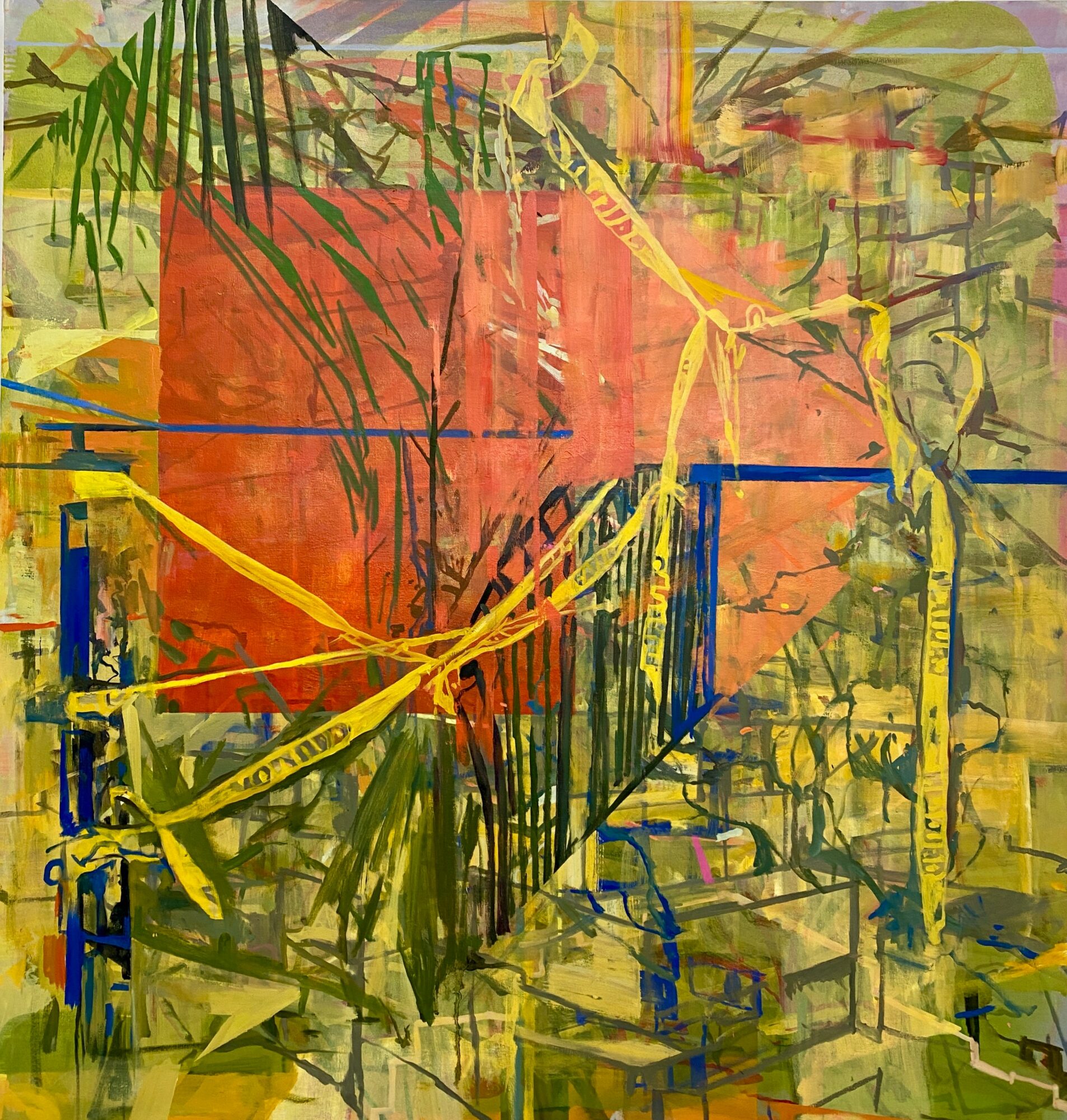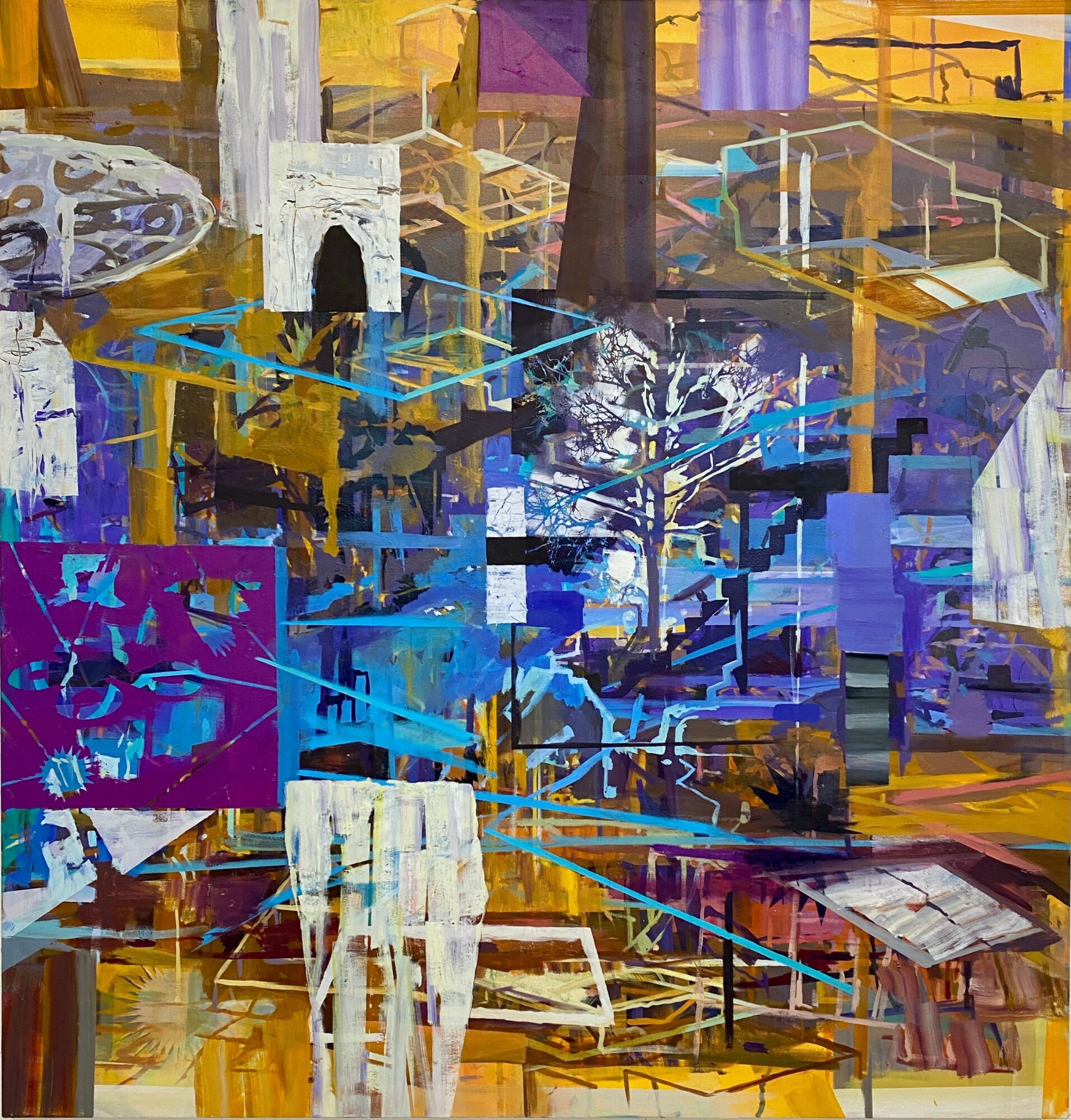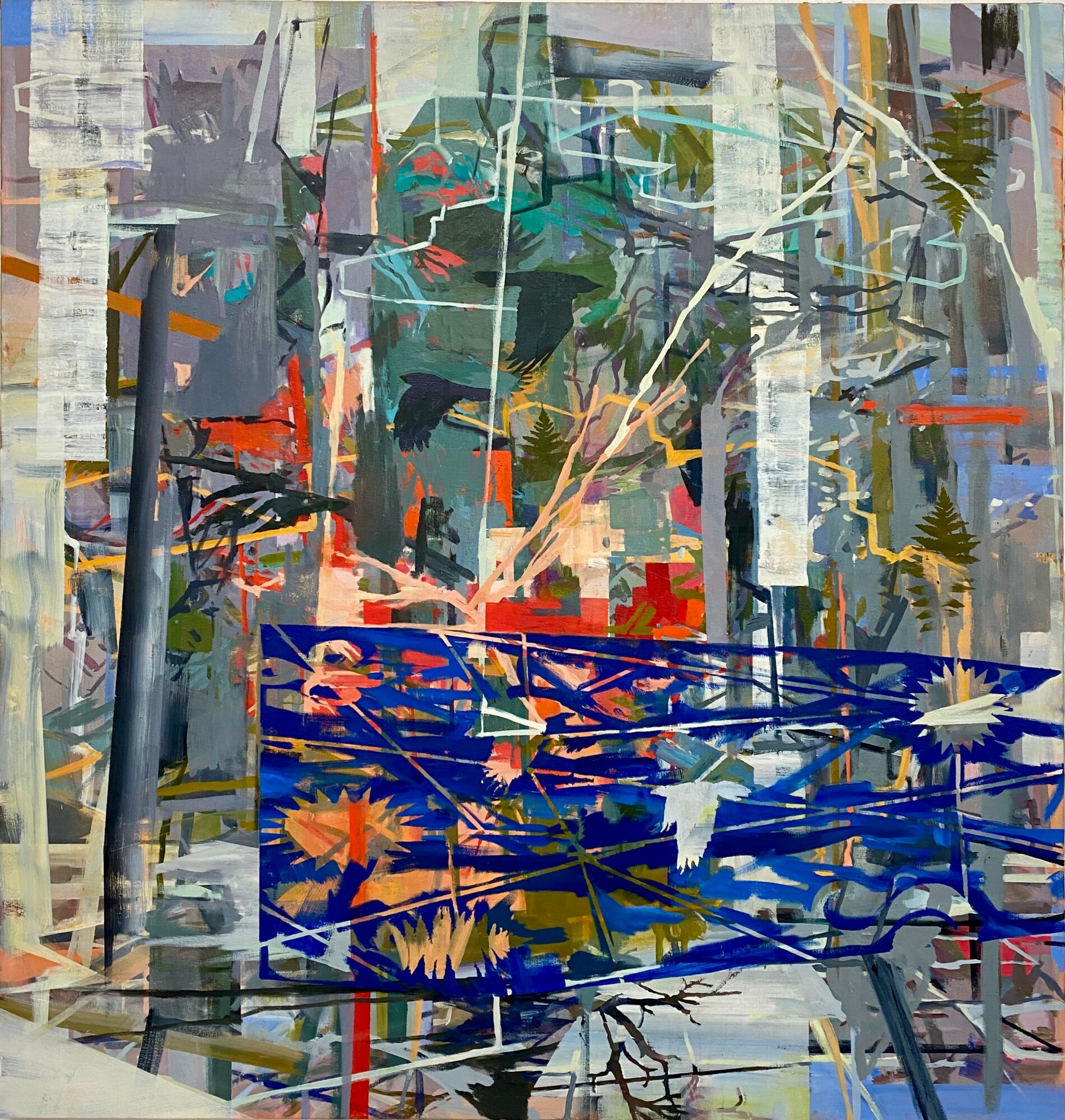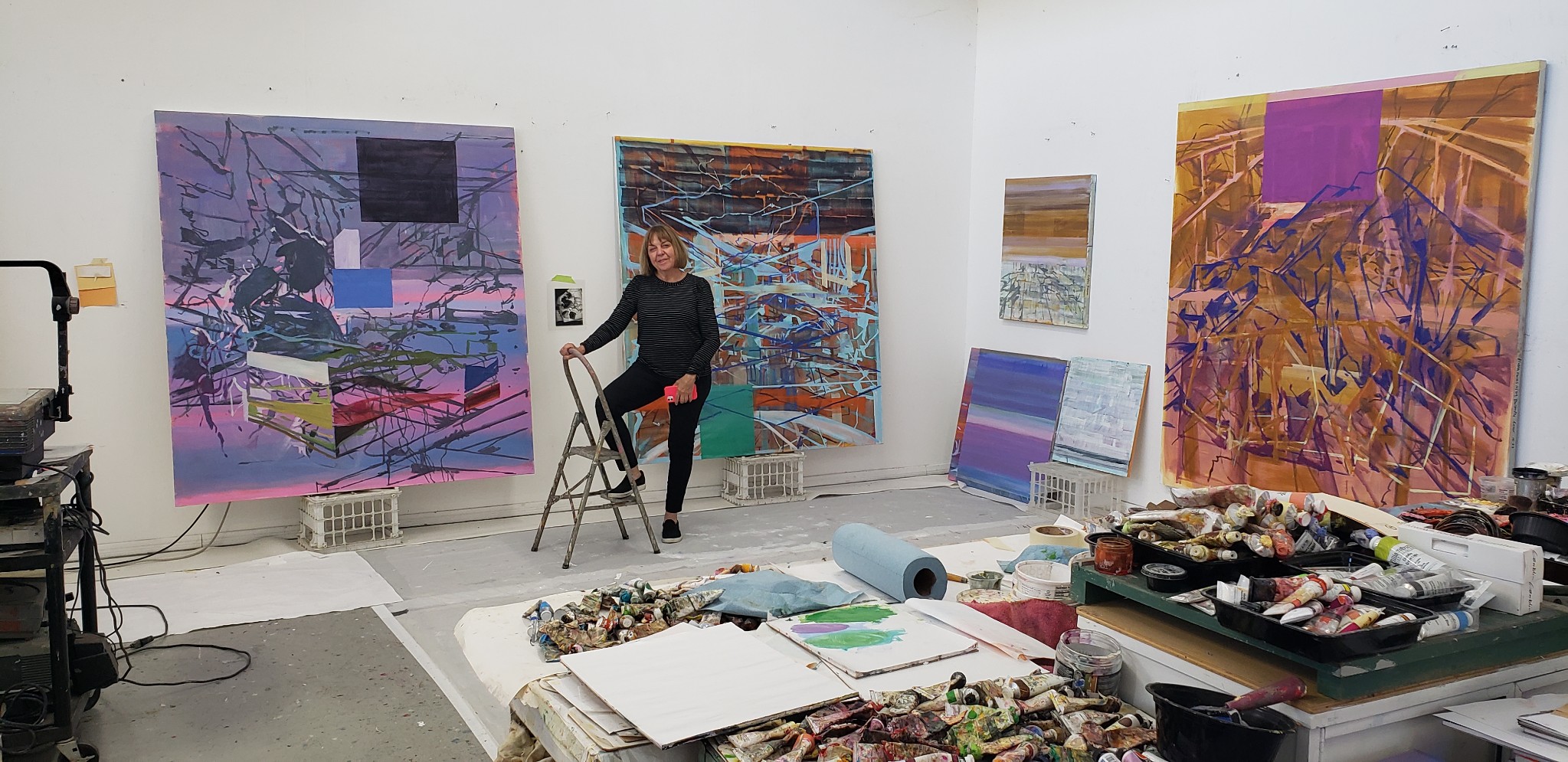

Today we’d like to introduce you to Marie Thibeault
Hi Marie, please kick things off for us with an introduction to yourself and your story.
I knew I would be a painter from an early age and set out to pursue that path. I grew up immersed in the woodlands of Connecticut deeply absorbing the language of landscape, its seasonal changes, and its significance as a place. I was lucky to have supportive parents and access to art education early in life and decided to major in art when I was in high school. At that time, an awareness of environmentalism compelled me to use reference landscape as a subject, and I have continued to develop my visual language and focus my ideas throughout a lifetime. Pursuing this career path was difficult in many ways. It was a challenge financially, socially, and emotionally, and there were many obstacles that I needed to contend with. I was very fortunate to have an education in the arts from an early age. The nearby high school was also the home of the Slater Memorial Museum which housed a collection of art from around the world. I was especially influenced by their collection of American landscape paintings.
My education continued at the prestigious Rhode Island School of Design, which cemented my passion for art with a focus on painting. During my formative years, I was fortunate to be able to access the world-class museums of New York and other East Coast cities, which expanded my understanding of the history and significance of art. In my early 20s, I relocated to San Francisco and pursued graduate work at San Francisco State University and then UC Berkeley. During this time, I studied with legendary artists Elmer Bischoff and Joan Brown. My creative work became more focused on the political implications of landscape and the events triggered by ecosystems out of balance. After teaching at several Universities, including Humboldt State, I accepted a position as professor of art at California State University, Long Beach, where I taught painting and color theory for 33 years.
Can you talk to us a bit about the challenges and lessons you’ve learned along the way. Looking back would you say it’s been easy or smooth in retrospect?
One soon realizes the dedication and conviction required to become an artist requires commitment, diligence, courage, and sacrifice. Few realize how much time and hard work is required to sustain and grow a deep creative vision and form that into a distinct visual language. However, the sheer joy of creating, the satisfaction of seeing one’s ideas develop and strengthen, and success in communicating through the vehicle of painting have been significant and highly rewarding.
In addition, the training, community, and opportunities of art school also sustained me. In my education, I was fortunate to work with many outstanding artists /teachers at both the Rhode Island School of Design and UC Berkeley. This inspired me to choose the vocation of teaching. It was a great honor to have a long career as Professor of Art at CSULB where I could “pass the torch” to generations of younger artists.
Appreciate you sharing that. What else should we know about what you do?
I create large-scale paintings that blend a complex abstract language with imagery of locations altered by the effects of climate-related trauma. I have been pursuing this art of painting and the effects of climate change for over four decades. Our once familiar landscapes, California coastlines, mountains, urban open spaces, and our very lives are being continually transformed by the effects of drought, fire, and flooding with alarming frequency. I am intrigued by the multiple ways in which we perceive and attempt to arrest the effects of climate change, and how this in turn, alters our imagination and experience with the landscape. My current work uses atmospheric color fields with diagrammatic structures to suggest geological transformations and deep time. Each painting is a tribute to a particular experience with a particular landscape. My goal is to tell a visual story and embody within painting the notions of change, flux, instability, and recalibration.
Any advice for finding a mentor or networking in general?
I would recommend that developing artists gravitate toward the work that you love and find out all you can about it. Think about making art as a dialog with all of art history. In this way, you can find affinities with artists of the past as well as the present which can feed and sustain your developing vision. It is also important to form communities with other artists, get out and see exhibits, and read and research topics that interest you. Forming informal crit groups and or accountability partners is also important as is the mindset of being open to change, and keeping the bravery up. It is important to be as generous as possible to your fellow artists and extended art community.
Contact Info:
- Website: https://Mariethibeault.com
- Instagram: mariethibeaultart
- Facebook: Marie Thibeault
